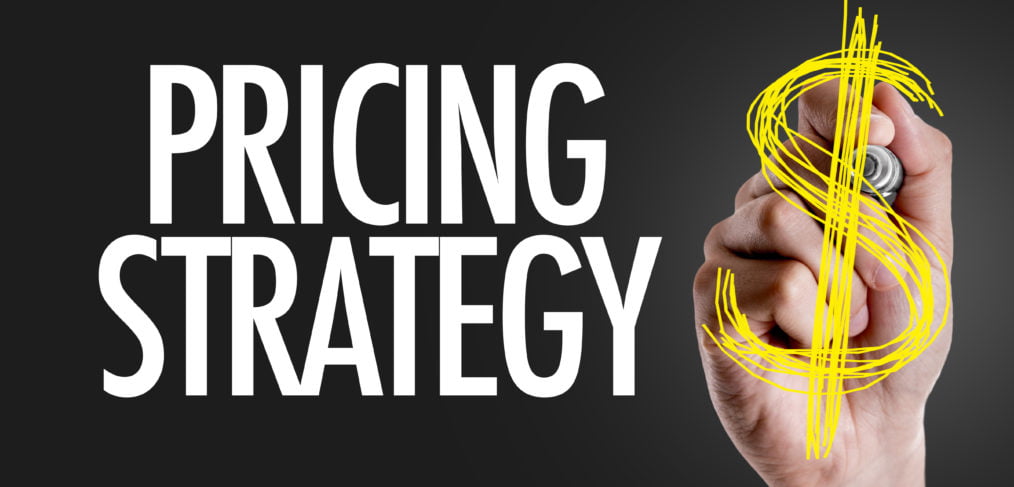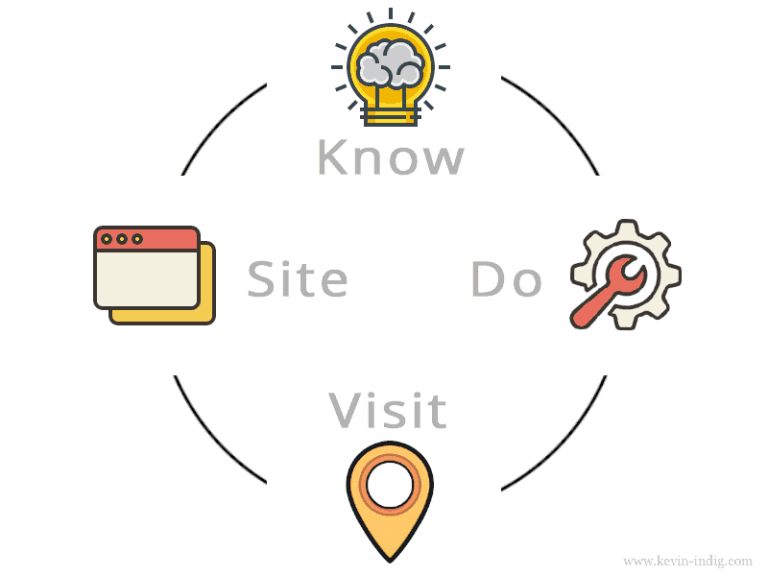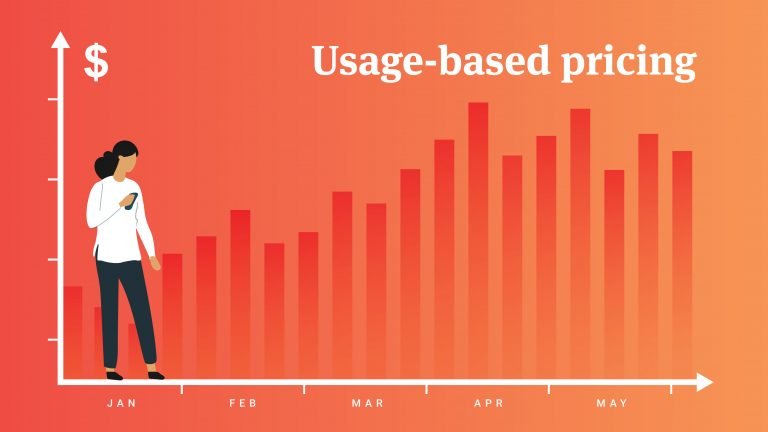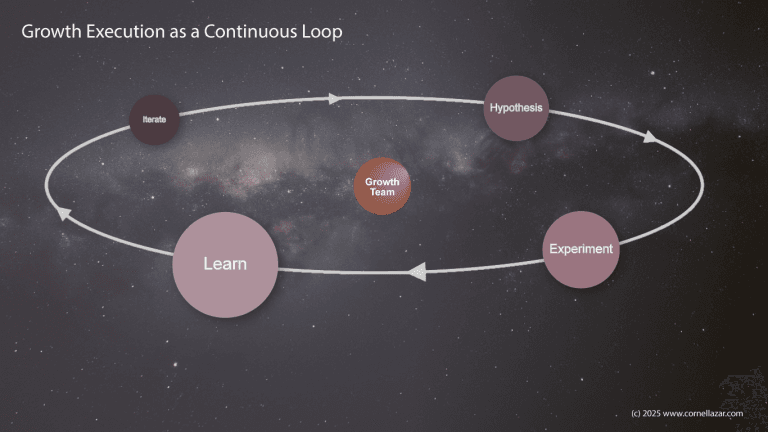What is a Pricing Strategy?
Finding the right pricing strategy is critical to maximise revenue and maintain a competitive edge. Pricing sits at the heart of every company’s success or failure. However, determining the optimal approach can feel daunting given the many influencing factors.
In general, pricing strategies fall into four broad categories:
- Cost-based pricing
- Value-based pricing
- Dynamic pricing
- Psychological pricing.
In this post I’m exploring some of the most effective pricing strategies and how to implement them.
Cost-Plus Pricing
With cost-plus pricing, companies calculate the total cost to produce a product or service then add a markup percentage to determine the final price. This approach operates on the principle of covering all production costs and earning a profit. The markup percentage is typically preset but may vary based on industry, competition, and other factors.
Cost-plus pricing is relatively straightforward since it directly links to production costs. However, it does not account for the potential value to customers. This strategy works best in stable markets where products are not easily replicated.
Example
IKEA: IKEA utilizes cost-plus pricing for its furniture range by first totalling up manufacturing costs, then adding a standardised markup percentage to cover overhead and profit margin, resulting in affordable finished prices for customers.
Aldi: Aldi keeps operating costs low and adds minimal markups to supplier prices using a cost-plus pricing model, allowing the discount supermarket chain to offer quality groceries at the lowest prices for European consumers seeking value.
Value-Based Pricing
Value-based pricing focuses on the benefits a product or service delivers to customers. This customer-centric model seeks to pinpoint the maximum price buyers are willing to pay based on perceived value, their budget, and how much they prioritise the offering.
Value-based pricing is most effective for products or services that provide a unique value proposition not easily matched by competitors. It also succeeds when customers have both the desire and budget to pay a premium. This strategy can differentiate your business, spur profitability, and build loyalty.
Example
Apple: Apple uses value-based pricing for iPhones, pricing their models substantially above production costs based on the perceived value and status benefits consumers associate with owning the cutting-edge devices and brand association.
Louis Vuitton: The premium fashion brand is pricing its luxury products like handbags and clothes far above production costs. The brand sets high value-based prices. This pricing stems from the prestige consumers associate with the iconic luxury name. Owning Louis Vuitton carries status symbol value and a sense of exclusivity.
Dynamic Pricing
With dynamic pricing, companies adjust prices continuously based on fluctuations in supply and demand. This approach is commonly used in industries like air travel, hotels, and e-commerce. The core premise is that pricing should balance with real-time market conditions.
Dynamic pricing works best when demand and supply experience high volatility. By raising prices during peak demand and lowering prices during slow periods, businesses can maximise revenue. However, dynamic pricing requires robust data and algorithms to execute effectively.
Example
Uber: Uber leverages dynamic pricing algorithms that automatically adjust ride fares lower when driver supply is high and surge prices higher during peaks in rider demand, maximising revenue. Uber refers to this as “Surge Pricing” – same thing.
Ticketmaster: Ticketmaster leverages dynamic pricing algorithms to continuously adjust ticket prices for events based on up-to-the-minute demand signals, availability, and other factors, increasing prices when interest is high and lowering prices when demand is slower to maximise revenue generation.
Psychological Pricing
Psychological pricing leverages customer psychology to influence perceived value. This strategy recognises that customer decisions are not entirely rational. Pricing presentation and framing can sway purchase decisions.
Customers may be influenced by factors such as the price of a product or service, its perceived value, and how it is presented.
Common psychological tactics include charm pricing, anchoring, and bundling.
Charm pricing
- Charm pricing involves setting a price that ends in an odd number, such as £9.99 instead of £10.
Anchoring
- Anchoring involves presenting a high-priced item before presenting the item that you want to sell, making the second item seem more reasonably priced.
Bundling
- Bundling involves offering multiple products or services together for a lower price than if they were purchased separately.
Psychological pricing is effective because it can influence the customer’s perception of the product or service and increase its perceived value.
When applied appropriately, psychological pricing can make offerings more enticing. However, it’s important not to manipulate customer perceptions unethically.
Example
Ryanair: The Irish low-price airline has mastered the art of pricing and particularly psychological pricing. Their Charm Pricing offers €19.99 rather than €20 to trigger perceptions of affordability and spur bookings. (before being lured into a never-ending funnel of up-sales and cross-sales).
BMW: BMW strategically promotes ultra premium models online and in showrooms to anchor perceptions of a premium brand and value, which makes lower-priced vehicles in the range seem more desirable and relatively affordable, even though objectively still expensive, psychologically swaying the buyer.
McDonald’s: The fast-food giant bundles popular menu items like a Big Mac, fries and drink into a single meal combo at a discounted bundled price. McDonald’s psychologically sways customers to purchase more items together and spend more per order.
Freemium pricing
Freemium pricing offers users a taste of the product’s core value for free. A generous yet limited free tier attracts and engages users. Advanced features are offered tactically as paid upgrades that satisfy power users.
The free experience hooks users while incentivising upgrades and can help drive user acquisition and conversion.
Example
TransferWise: The fintech startup offers free money transfers up to a limit. To unlock additional transfers and lower fees, users must upgrade to a paid subscription plan.
Babbel: Berlin-based language learning platform Babbel offers a free version of its apps and courses. Users can access basic lessons and features for free. Applying UX to get users hooked on the app, advanced features require upgrading to a paid membership.
Skimming Pricing
Skimming pricing is a pricing strategy that involves setting a high price for a new product or service and gradually lowering the price over time.
This pricing strategy is commonly used for products or services that have a high demand and a limited availability. It can be effective as it allows businesses to maximise revenue in the short term.
By setting a high price, businesses can take advantage of the initial demand of a product and generate significant revenue.
As the demand for the product or service decreases, the price can be gradually lowered to attract a broader customer base.
Are you operating in a competitive market? In such cases skimming pricing may not be effective. A competitor may undercut you with a lower price, potentially resulting in customers opting your competitor instead.
Example
Apple: Apple launches highly anticipated new tech products like the iPhone at premium prices to capitalise on initial demand. Over time, Apple lowers prices on older models to broaden accessibility. This allows Apple to maximise revenues among early adopters willing to pay top dollar for the latest features.
Tesla: When launching new Tesla models, the company typically sets initial prices high, to help recoup R&D costs from enthusiastic early customers. As production scales, Tesla lowers prices to appeal to the more mainstream auto buyers.
Penetration Pricing
Penetration pricing is a pricing strategy where a company sets a low price for its product or service to enter a new market or to gain market share.
The idea is to attract customers by under-pricing against competitors. Once the product and brand have reached an agreed level of user base or brand awareness, your prices will level up to market norms.
Use penetration pricing when launching in a new market to help attract price-sensitive customers, help establish brand awareness and increase market share.
Consider potential negative impacts by attracting a customer segment only interested in discount and low prices. Depending on your brand and long-term strategy you may find this pricing strategy counter-productive mid and long-term.
Example
Spotify: When the music streaming service launched, they offered extensive free ad-supported tiers to attract users. Once Spotify built a large user base, they converted many free users to paid subscriptions and increased prices over time.
Competitive pricing
Competitive pricing follows competitors when setting prices. The idea is to stay competitive by offering similar pricing to your target segments, or undercutting competitors’ prices to appear more attractive.
Competitive pricing is most effective in a crowded market and with price-sensitive consumers.
Benefits can include maintain or boost market share and attract new customers in the market for the best deal.
Negative outcomes may lead to price wars between competitors, ultimately leading to lower profits for all involved.
Example
Amazon: Amazon constantly adjusts their pricing based on competitors like Walmart and Target. They leverage automated pricing algorithms to respond quickly to competitors’ price changes and optimize their prices competitively.















